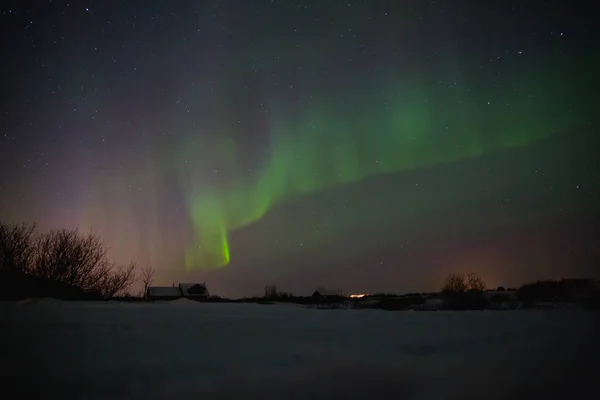
For years, the northern lights have been something of a bucket-list dream for many Americans-something you’d expect to see in Alaska or Iceland, not your own backyard. But thanks to a surge of solar activity, that dream is about to become reality for millions across the U.S.
A powerful series of solar eruptions is sending waves of charged particles hurtling toward Earth, triggering one of the strongest geomagnetic storms of the year. Result a rare opportunity for 21 states, including some far away from the Arctic Circle, to witness the aurora borealis in all its shimmering glory.
From the science behind the spectacle to the best tips for catching it, here’s all you need to know about tonight’s sky show.

1. The Solar Maximum Is Supercharging the Skies
Right now, the sun is at the peak of its 11-year activity cycle, a phase called the solar maximum. That’s the time when sunspots and magnetic activity increase, raising the chances of the auroras appearing farther south than normal. According to NASA, periods of intensive magnetic activity will continue through 2026, meaning more frequent and vivid displays are on the horizon.
This event is powered by a pair of X-class coronal mass ejections–the most powerful class of solar eruptions–which were fired toward Earth on November 4. These bursts of plasma and magnetic fields have set the scene for tonight’s brilliant light show.

2. A G3 Geomagnetic Storm Is in Play
NOAA’s Space Weather Prediction Center has rated the current event as a strong G3 class geomagnetic storm. That’s major G3 storms are strong enough to push auroras well beyond their typical polar boundaries.
The storm is the continuation of one which began Wednesday night it was forecast to be G2 in strength but had other plans and intensified upon arrival. Solar wind speeds are surging, and magnetic fields are aligning just right to make for a dazzling display.
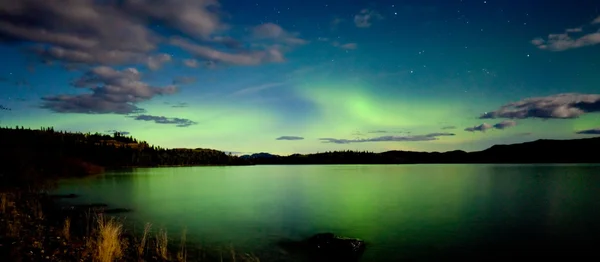
3. 21 States Are in the Aurora Zone
The latest NOAA forecast has the aurora view line over 21 U.S. states tonight. These include Alaska, Washington, Oregon, Idaho, Montana, Wyoming, North Dakota, South Dakota, Nebraska, Minnesota, Iowa, Wisconsin, Illinois, Indiana, Ohio, Michigan, New York, Pennsylvania, Vermont, New Hampshire, and Maine.
Even areas just south of this zone may be able to glimpse it if the storm intensifies. For those in those areas, tonight presents a unique opportunity to view the aurora without having to travel thousands of miles.

4. Timing Is Everything
The best window to see the northern lights in the U.S. is between 10 p.m. and 4 a.m. local time, with peak viewing usually around midnight to 2 a.m. Yet, if conditions are right, auroras can appear earlier.
A geomagnetic storm watch from NOAA remains in effect through Friday morning, and some northern states might see lingering displays tomorrow night if the solar activity continues.
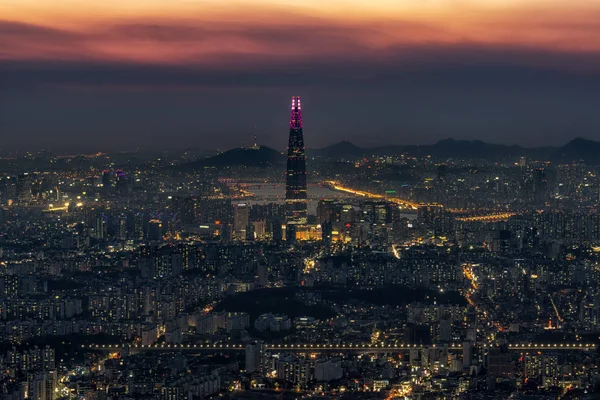
5. Light Pollution Could Be Your Biggest Obstacle
City lights and even a bright moon can wash out the aurora’s colors. This week, the nearly full moon may make sightings trickier in southern parts of the forecast zone.
To most clearly view them, experts suggest heading to the darkest location possible-nationals parks, rural farmlands, or perched vantage points are ideal. The darker the sky, the more vivid the colors will appear.
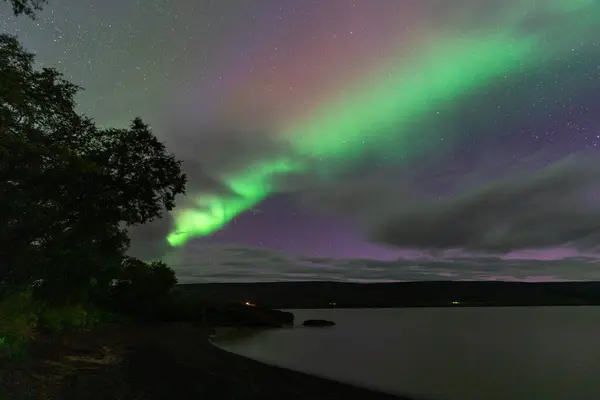
6. How to Observe and Photograph the Lights
Many auroras start slow and build in waves, so be patient. Look north with a clear horizon, and avoid obstructions from trees or buildings. Even when displays look very subtle to the naked eye, a smartphone camera set to night mode can often detect colors invisible to human vision.
Photographers will get great results with a tripod, wide-angle lens, and long exposure. Bring extra batteries a cold night will zap them in a hurry.
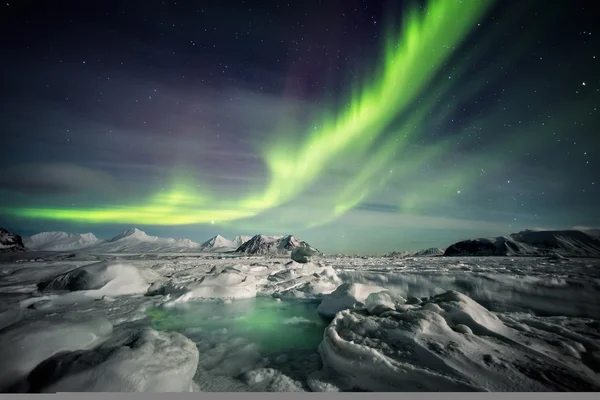
7. The Science Behind the Glow
Charged particles emanating from the Sun collide with gases in Earth’s atmosphere, thereby exciting those atoms, which then release photons, or small packets of light. Oxygen emits greens and reds, while nitrogen emits purples and blues.
These are interactions that take place high above the surface, often more than 60 miles up, painting the sky with luminous ribbons and curtains that shift and dance with Earth’s magnetic field.

8. Space Weather Can Affect More Than the Sky
While tonight’s storm is a visual treat, geomagnetic activity also can have real-world impacts. G3 storms could disrupt GPS accuracy, satellite operations, and high-frequency radio communications. In severe cases, they could even affect power grids.
Historically, severe solar storms have caused dramatic events, from the 1859 Carrington Event, that set telegraph lines ablaze, to a 1972 storm that may have detonated magnetic sea mines off Vietnam.
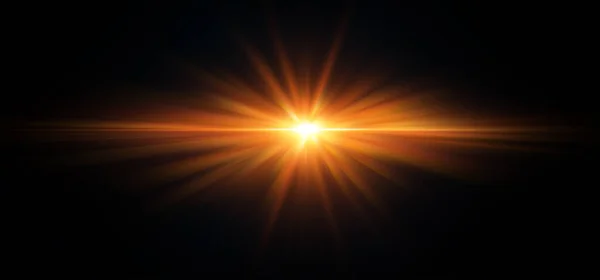
9. More Auroras Could Be Coming
The active sunspot region responsible for this week’s eruptions, AR4274, is still facing Earth and remains volatile. Forecasters at NOAA and the U.K. Met Office warn that additional CMEs could arrive in the coming days and might push aurora activity into the weekend. This means tonight may not be the last chance to see the spectacle for aurora enthusiasts, but it could be one of the most widespread displays of the year. Tonight’s forecast is one of those rare instances when science, beauty, and accessibility come together.
For those in the 21-state viewing zone, the strong geomagnetic storm and peak solar activity with clear skies make it possibly a night to remember. Whether you see it with your naked eye or through the lens of a camera, this is one of those moments when the cosmos feels just that little bit closer to home.


